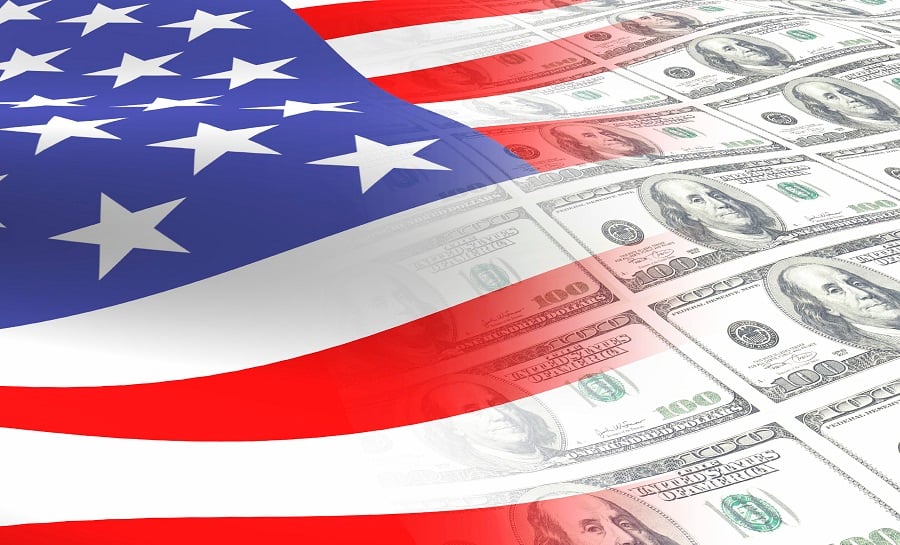The U.S. is a leader in many respects among world powers, but you won't find lifetime income on any list of reasons why.
In fact, when it comes to public policy around lifetime income, or the concept of helping retirees tap retirement assets efficiently so they don't run out of money in retirement, America is a laggard.
Aside from offering tax breaks for saving and levying tax penalties for early withdrawals from retirement accounts, the U.S. falls behind in encouraging retirees to make decisions that will prevent them from outliving savings, according to a new Morningstar Inc. report.
The stakes are higher than ever: Employees are increasingly responsible for their retirement assets as pensions disappear from the private sector and defined-contribution (DC) plans take their place. And seniors are retiring at a rapid clip.
“We're now getting to the first generation that will be DC-only or DC-primary at retirement,” according to Aron Szapiro, director of policy research at Morningstar. “We have millions of baby boomers retiring who have built up DC balances, and we don't have a framework to help them figure out what to do with their money.”
Although the U.S. Social Security system is “generous” and “provides a very strong foundation of income” when compared with other developed countries' universal pension plans, that's largely where the accolades stop, according to the report, “
Improving the Defined Contribution System.”
Unlike other countries, the U.S. doesn't impose limits on withdrawals from DC accounts, doesn't have policies in place to make annuities appealing, and has a fragmented system of saving that makes it difficult to communicate with and educate retirees, Morningstar said. The report examined retirement policy in Australia, Canada, Chile, the U.K., Singapore and Switzerland.
“We in the U.S. don't really have many mechanisms to protect retirees from themselves,” said Mr. Szapiro, the report's author.
Four of the six non-U.S. countries limit the amount retirees can withdraw each year from retirement savings. In contrast, in the U.S., once an individual reaches age 59½, the only potential deterrent to taking outsized withdrawals from traditional IRAs or 401(k)s is the greater tax burden that comes with a higher annual income. And there is no such “penalty” with Roth accounts.
Whereas Australia and the U.K. also give flexibility for taking unrestricted lump sums, both provide education to discourage retirees from taking them and push retirees toward preserving assets, the report said.
Chile, Switzerland and Singapore also encourage annuitization of retirement assets.
In Chile, the government incentivizes annuity use through regulation that makes structured withdrawals from retirement accounts unattractive. Monthly withdrawals begin to decrease as retirees increase in age — a monthly withdrawal of $3,108 per month beginning at age 65 could dip to $2,072 per month by age 80, for example. (In the U.S., RMDs go up rather than down.)
However, annuitizing would retain a level $3,108 payment throughout retirement. More than 60% of Chileans choose to annuitize, according to Morningstar.
Aside from helping retirees hedge against longevity risk, annuities are important from a public policy perspective because providing a level income makes it less likely retirees will be a destabilizing force on the economy in the event of a market downturn, the report said.
Further, because the U.S. retirement system uses the “parallel tracks” of 401(k)s and IRAs, it's difficult to provide clear communication and advice when transitioning to asset drawdown because there's often no single entity providing the advice, Mr. Szapiro said.
Other countries have “much stronger control of when and how workers receive guidance and options,” the report said. In Switzerland, for example, there's a single repository of information for all retirees in the country's mandatory retirement scheme that's available online and lays out plan options.
U.S. guidance from employers or advisers varies depending on the type of plan and perspective of the adviser; plus, different plans have different in-plan annuity options, the report said.
And few plans actually offer in-plan annuities, according to Emery Pike, president and CIO of Stratford Advisors. The biggest barrier is perceived liability by employers, who could be on the hook for assessing insurers' creditworthiness, he said.
“There needs to be a safe harbor in order for these folks to adopt it,” Mr. Pike said.
Mr. Szapiro suggested the government improve safe-harbor guidance around in-plan annuities, help retirees better align Social Security claiming decisions with a drawdown strategy (rather than claim right at age 62) and consider legislation to dissuade retirees from spending too much of their assets at once.







